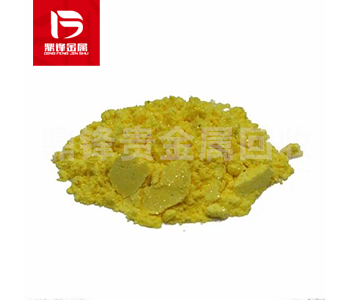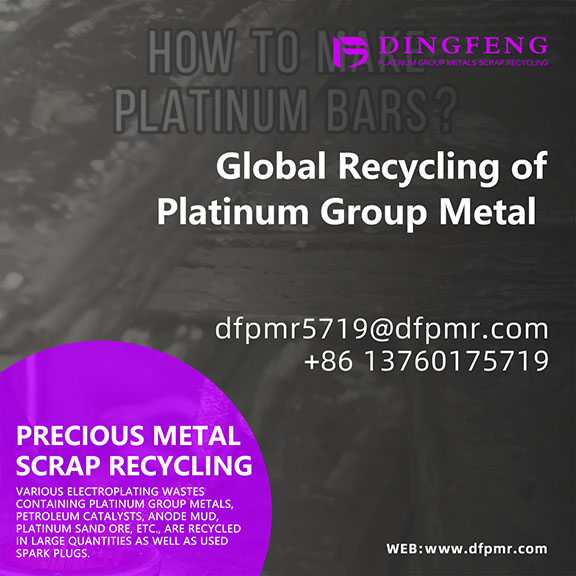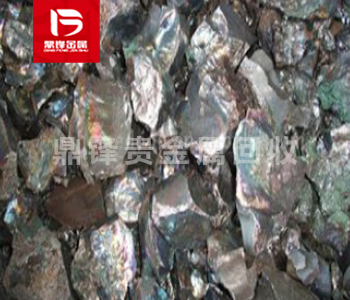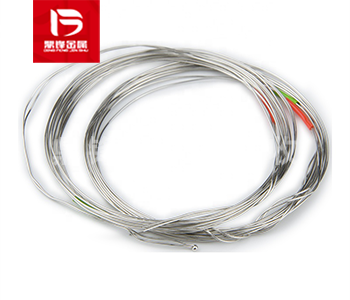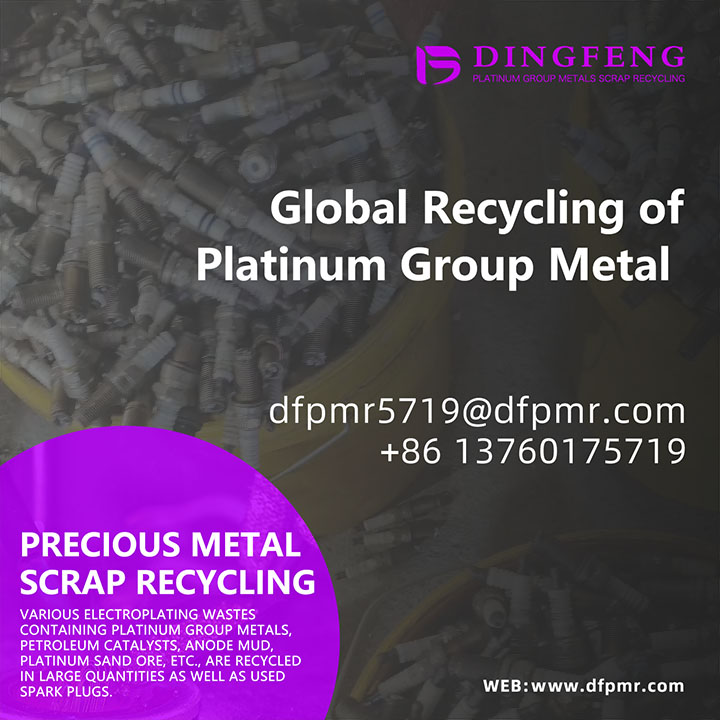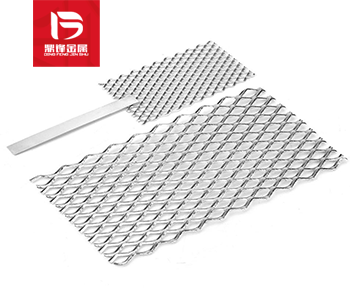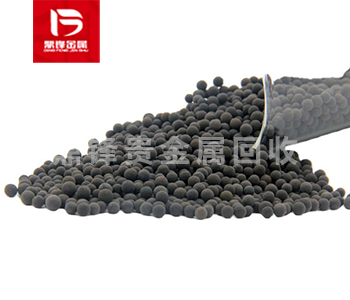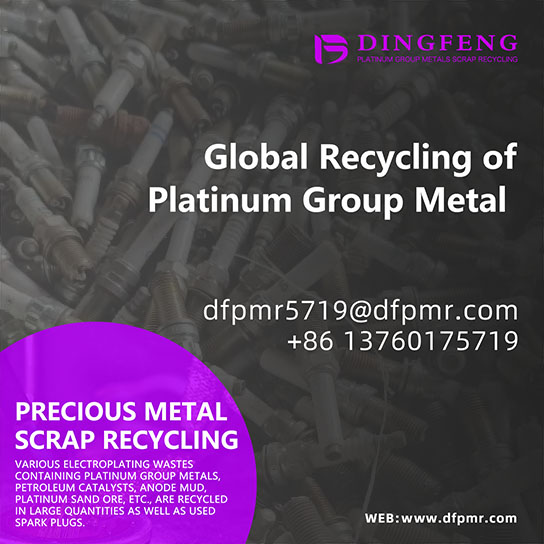Palladium recovery of Diphenylphosphine_ Recovery price of Diphenylphosphine palladium_ Precious metal catalyst recovery and refining manufacturer
Palladium diphenylphosphine, commonly known as Pd(PPh3)2, is a compound widely used as a catalyst for various reactions in organic chemistry. It consists of palladium (Pd), phosphorus (P), and two phenyl groups (C6H5) attached to the phosphorus atom. This compound is often used in coupling reactions such as Suzuki coupling, Stille coupling, and Heck reaction. These reactions involve joining two molecules together, and palladium diphenylphosphine is used as a catalyst to promote the reaction. For example, in the Suzuki coupling reaction, Pd(PPh3)2 is used to join aryl halides and boronic acids together to form a new carbon-carbon bond.
Product Details
Diphenylphosphine palladium, commonly known as Pd (PPh3) 2, is a compound widely used as a catalyst for various reactions in organic chemistry. It is composed of palladium (Pd), phosphorus (P), and two phenyls (C6H5) connected to phosphorus atoms. This compound is usually used in Coupling reaction, such as Suzuki coupling, Stille coupling and Heck reaction. These reactions include linking two molecules together, and Diphenylphosphine palladium is used as a catalyst to promote the reaction. For example, in Suzuki Coupling reaction, Pd (PPh3) 2 is used to connect aryl halides and boric acid to form a new Carbon–carbon bond. The reason why Diphenylphosphine palladium is such an effective catalyst is that palladium atoms can transfer Electron transfer to the reactants, which helps to promote the reaction. The two phenyls on the phosphorus atom also help stabilize the palladium atom, making it more active. Diphenylphosphine palladium is not only used in Coupling reaction, but also used in hydrogenation, isomerization, dehydrogenation and other reactions. It has been found to be particularly effective in catalyzing the selective hydrogenation of alkynes to olefins, which is an important step in the production of many organic compounds. As a catalyst, Diphenylphosphine palladium has several advantages. It has the characteristics of high activity, good selectivity, good stability, low toxicity, and high tolerance to various functional groups. Its compatibility with proton and non proton solvents makes it suitable for a wide range of reactions. In addition, palladium is a relatively rich and cost-effective metal, making it a practical choice for large-scale manufacturing.
Waste Diphenylphosphine palladium is one of the sources of recovery of palladium containing precious metal catalyst waste. The sources of palladium containing precious metal recovery catalysts include Palladium(II) oxide recovery, Palladium(II) chloride recovery, Palladium(II) nitrate recovery, palladium acetate recovery, Palladium(II) iodide recovery, palladium sulfate recovery, etc. If you have any demand for the recycling of palladium containing precious metal catalyst waste, please call our 24-hour service hotline. Dingfeng Precious Metal Recycling and Refining Factory has its own recycling and refining factory without intermediaries to earn price differences. Our professional technical team and customer service personnel provide one-on-one services to ensure customer privacy during the recycling process.


